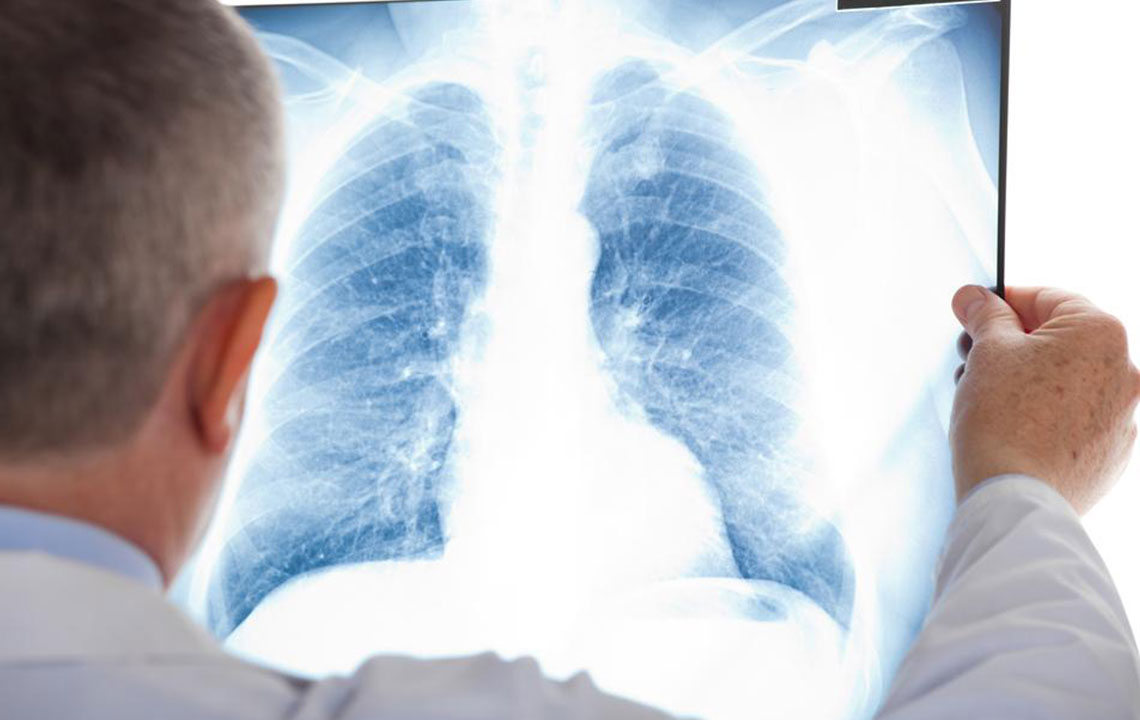Comprehensive Guide to Mesothelioma: Origins, Variants, and Early Warning Signals
This comprehensive article explores mesothelioma, focusing on its causes, different types, and early warning signs. It emphasizes the importance of awareness and early diagnosis for better management of this aggressive cancer, primarily linked to asbestos exposure. The article provides valuable insights into symptoms, diagnosis, and current treatment approaches, helping at-risk individuals and healthcare providers stay informed about this serious health condition.

Comprehensive Guide to Mesothelioma: Origins, Variants, and Early Warning Signals
Mesothelioma is a rare but particularly aggressive form of cancer that develops from the mesothelium, which is a specialized protective lining that covers many of the body's internal organs. Although it is relatively uncommon, mesothelioma poses serious health risks due to its aggressive nature and challenging treatment options. Historically linked to occupational and environmental asbestos exposure, this disease remains a concerning health issue worldwide. With advances in medical research, understanding its causes, different types, and early warning signs has become crucial for early detection and management.
Mesothelioma primarily results from genetic mutations in certain cells of the mesothelium, leading to abnormal and uncontrolled cellular growth, forming malignant tumors. These genetic changes can be driven by prolonged inhalation or ingestion of asbestos fibers, a mineral once widely used in construction, shipbuilding, and manufacturing industries. The fibers are microscopic and can become lodged in tissues, causing persistent irritation and cellular damage that eventually evolves into cancer. Besides asbestos exposure, genetic predispositions and other environmental factors may also contribute to the development of mesothelioma, although asbestos remains the primary risk factor.
This cancer manifests in several distinct forms, classified according to the location of tumor development within the body. The most common and widely studied type is pleural mesothelioma, accounting for approximately 75% of cases. It occurs within the pleura—the thin tissue layer covering the lungs and lining the chest cavity. Peritoneal mesothelioma involves the peritoneum, which lines the abdominal cavity and covers abdominal organs. Other less common types include pericardial mesothelioma, affecting the pericardium around the heart, and tunica vaginalis mesothelioma, which involves the tunica vaginalis surrounding the testes.
Symptoms associated with mesothelioma vary significantly depending on the tumor's location and stage. Patients with pleural mesothelioma often present with symptoms such as persistent chest pain, lumps or thickening under the skin of the chest wall, ongoing shortness of breath, and unexplained weight loss. A persistent cough that does not resolve may also be a warning sign. Those with peritoneal mesothelioma typically experience abdominal swelling or bloating, pain in the abdominal area, unintentional weight loss, nausea, and sometimes bowel obstruction symptoms due to tumor growth. Less common forms like pericardial mesothelioma may cause chest discomfort, palpitations, and difficulty breathing by affecting the lining around the heart. Testicular mesothelioma, which affects the tunica vaginalis, may cause swelling or lumps in the testes, although it is extremely rare.
Recognizing these symptoms early is essential, especially for individuals with known asbestos exposure history. If any of these signs are observed, prompt medical evaluation should be sought. Early diagnosis improves the likelihood of effective treatment and may enhance the overall prognosis, although current treatments mainly aim to control symptoms and prolong survival rather than curing the disease fully.
There is no single screening test to detect mesothelioma at an early stage in asymptomatic individuals, making awareness and vigilance critical. Diagnostic procedures often include imaging studies such as X-rays and CT scans, followed by biopsy for definitive diagnosis. Treatment options vary depending on the mesothelioma type and stage but typically involve a combination of surgery, chemotherapy, radiation therapy, and emerging targeted therapies. Ongoing research aims to develop better diagnostic tools and more effective treatments to improve patient outcomes.
In conclusion, understanding the causes, types, and early signs of mesothelioma is vital for anyone at risk, particularly those with occupational asbestos exposure. Early detection can make a significant difference in managing the disease and improving quality of life. Public health measures and increased awareness are essential components in reducing the incidence and impact of this formidable cancer.





